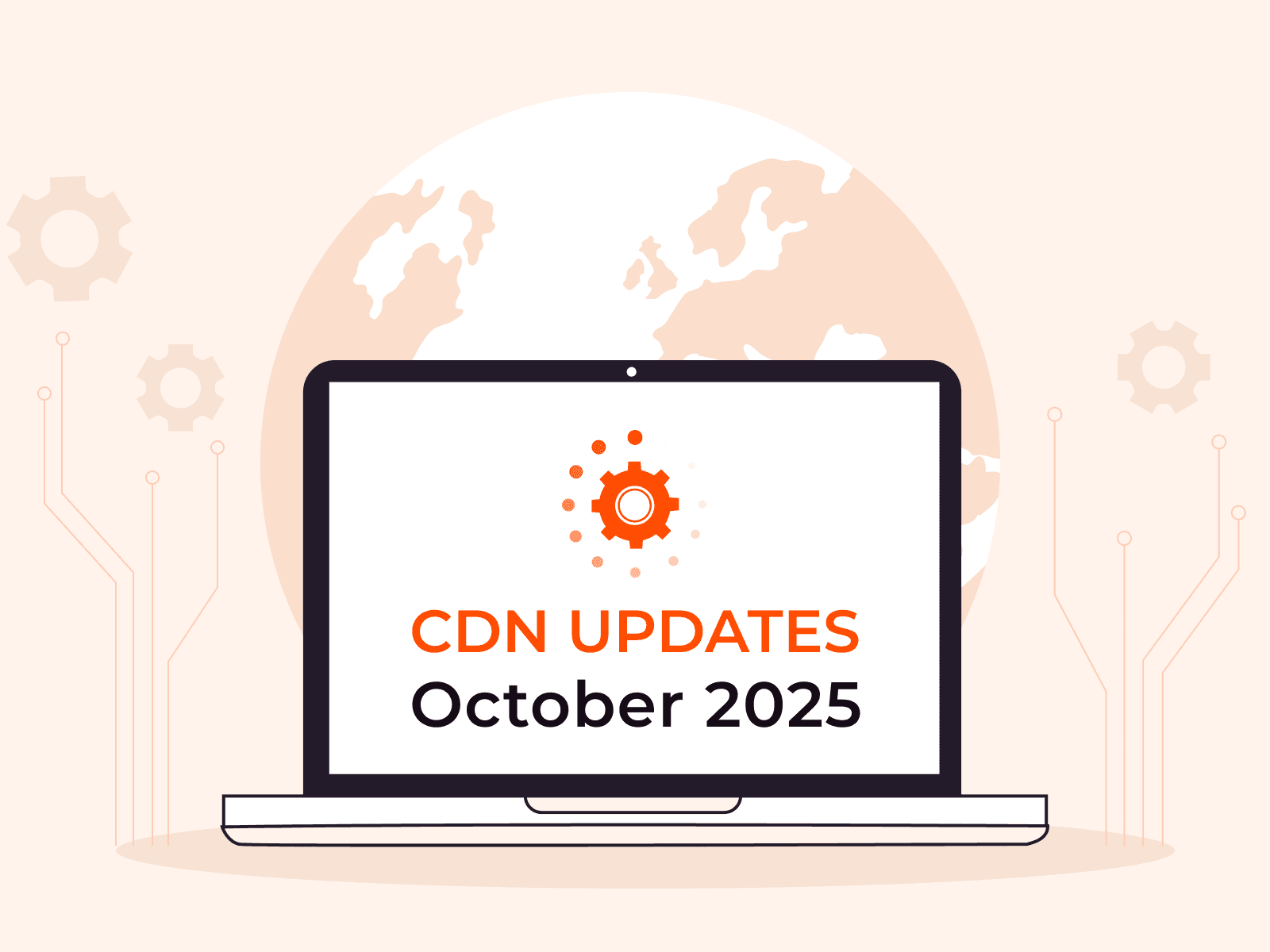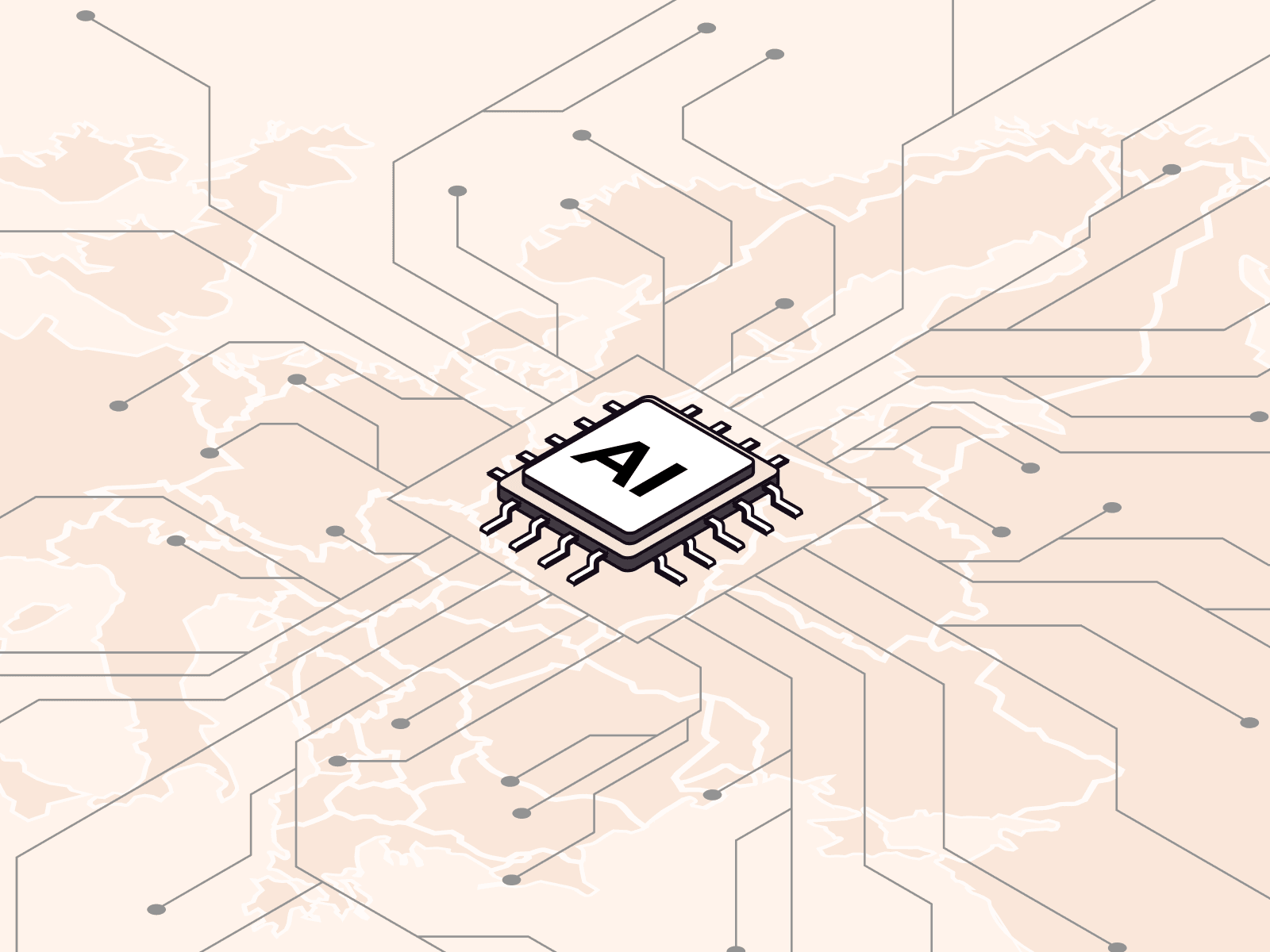The fastest CDN in France
- March 29, 2019
- 1 min read

As a result of improved network optimization of our PoP in Paris, Gcore managed to reduce the response time from 49 to 41 ms.
In terms of speed, CDN by Gcore delivers content faster than the other CDN providers operating in France.

- Response time in Paris by the median (50th percentile) in February—March 2019
Content delivery network performance in Europe
Our PoP in Paris is Gcore’s 10th location for our expansive content delivery network in Europe. Gcore’s cache servers are also located across Europe in Amsterdam, Frankfurt, London, Luxembourg, Madrid, Milan, Prague, Stockholm and Warsaw.

- CDN by Gcore European segment
Learn more about CDN by Gcore performance successes in other European regions, like Scandinavia and the Baltics, or in the Czech Republic and Austria.
We were able to achieve better performance in each of these PoPs, thanks to a well-designed network architecture and choosing the best data centers and peering partners.
How to sign up for the fastest CDN service in France for free or at half price
We have updated our tariff plans and launched a new campaign.

Use 100 GB per month completely free of charge with our FREE plan.
Until March 31, 2019 a special offer is valid for three essential plans with up to 500 GB.
Sign up for the ultra-fast content delivery in France and the rest of the world for free or at half price right now.
Related articles
Subscribe to our newsletter
Get the latest industry trends, exclusive insights, and Gcore updates delivered straight to your inbox.






